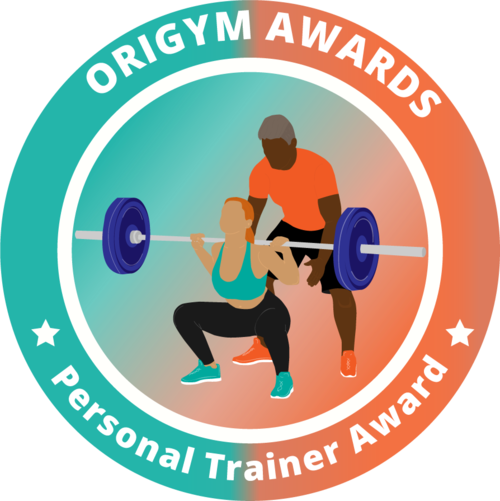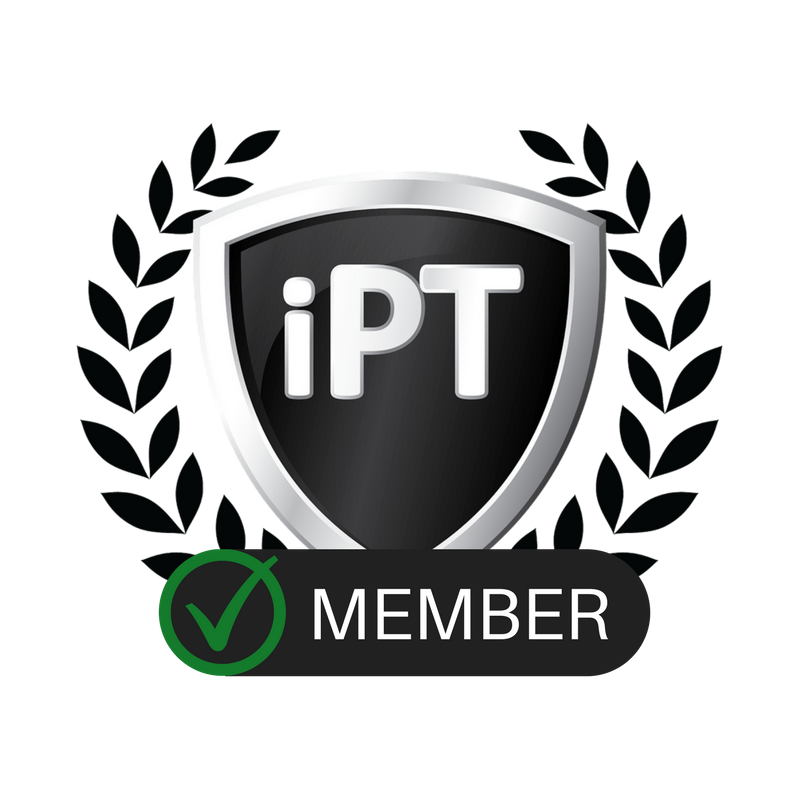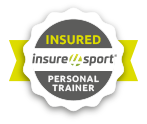|
In this article I’ll outline 5 of the best assistance exercises to improve your Olympic Weightlifting.
Before we delve in, it’s important to remember that your Snatch, Clean and Jerk technique relies more on your capacity to carry out a cue than the actual cue itself. To simplify this, if I tell you to jump your feet out to catch the bar in a more stable receiving position, this assumes you actually have the mobility and stability to do so. Similarly, if I notice your chest keeps falling forward as you lift the bar off the ground causing the overall balance to move forward, throwing off the lift simply telling you to keep your chest up or push your feet through the floor may not be enough. It may be that you lack the positional strength to carry out the cue and that targeted strengthening work is needed to improve that part of your technique. With that said, here are some of the key strengthening exercises that you can use to develop your weightlifting technique and strength. If you are brand new to weight training then check out this beginners guide to getting started. #1 - Position DrillsThese are probably the easiest and simplest way to improve technique. Position drills are simply broken down version of the lifts that work on key positions of good technique. They are most often performed with a pvc pipe or technique bar with no weight but as you progress in your ability you might be able to use an empty bar or even some light weight for specific drills. They are useful to start to feel out positions and try to make transitions and rhythms automatic so that you can focus more on things like developing tension and speed rather than where your body should go next. A common example of a position drill is using something like clean from thigh or snatch from hip. This is commonly referred to as the power position of these lifts and allows you to work on transitioning under the bar while keeping it close. You can drill footwork from the pull to the catch in this position or things like timing of the catch, there are many possibilities. Fold these into your warm-ups or off-days and you’ll start to notice improvements at an accelerated rate. #2 - Squats (Front & Back)Squats are generally the single highest return exercise for developing your Olympic Weightlifting numbers outside of the lifts themselves. That’s why the Bulgarians used them as one of the select few exercises as part of their infamous training system. If it’s not already too obvious, it is worth pointing out that a big squat doesn’t equal big weightlifting numbers. How you squat is important if you want that strength to transfer into your lifts. Try to keep your front squat as close to looking like you receiving position for the clean as you can. Think about grip width, elbow position, foot position and how tight you keep throughout the movement in relation to how you would like to catch your cleans. The back squat is a little more ambiguous as it doesn’t directly translate to the catch for anything but it is quite similar to how you would receive Snatch. Actual leg strength is rarely the limiting factor to recover or stand up out of a Snatch so use the back squat to develop overall and lower body general strength. The leg strength developed during back squat is useful for getting that heavy clean attempt moving off the ground. #3 - Pulls (Snatch Pulls & Clean Pulls)Pulls are probably the most neglected yet useful assistance exercises for developing position strength and improving your technique. During both the Snatch and Clean pull, you can focus more on positioning and hitting the correct position as the demand to generate the speed required to get under the bar is not there. You can afford to slow things down a fraction in order to strengthen positions and the specific muscles required to achieve them. They are a fantastic way to iron out your bar path but it should be noted that it can take some time to learn how to pull in a way that transfers effectively and directly into the lifts. As you don’t turn the bar over, it can highlight poor aspects of the pull for example, if you knock the bar away as you extend and it either pulls you forward or you have to lean excessively back to compensate. This will show up straight away and you get the internal feedback that you can apply and try to correct the following rep. As most people tend to squat anyway or enter weightlifting having already developed some strength there, I’d say pulls are probably the most effective way to improve your weightlifting numbers after learning to lift #4 - Push PressThe push press is to the Jerk and upper body what squats and pulls are for the Snatch and Clean. A lot of the common assistance exercises are tailored to improving your Snatch or Clean but the lift that is most likely holding back your total the most is your jerk. How many times have you cleaned the weight only to miss the lift on the jerk? You can use the push press to develop timing and rhythm as you dip and drive, to overload the shoulders and upper body building strength and stability or even develop more powerful extensions as the weights are lighter and bar speeds greater than during the jerk. An important thing to keep in mind is the timing from leg drive to initiation of the upper body, this should be the priority at first and it should be a smooth and seamless transition as the bar goes up. There are a couple of variations of the push press, the most obvious being from the front rack which will transfer directly into your jerk as a large portion of the exercise is exactly the same. The behind neck push press is also a good version as you can place the bar in a better line – it just needs to go straight up. You can also develop more drive from behind the neck allowing you to overload the shoulders, upper and whole body in general with heavier weights than you could from the front. #5 - LungesThe lunge is essentially the catch position of the Jerk. We have the squat variations to strengthen our receiving positons for the snatch and clean so we can use lunging variations in the same way to create good foundations for a solid jerk. Performing them on both sides is also a good way to stop ourselves from developing majorly imbalanced hips due to always splitting with the same leg so they should be included for beginners and within certain phases of every Weightlifting plan. They are many different variations and which you use depends on your specific needs and where you are at within the plan. A couple of variations to think about including are the Reverse Lunge, Walking Lunge and Rear-foot Elevated Split Squat. Another strategy to consider is integrating exercises from half kneeling or from a low split stance in order to develop the position strength that is specific to the jerk. Examples are doing DB presses from a low split or doing core drills like pallof press from half kneeling. Summary
If you are serious about improving your strength and technique on the Snatch, Clean and Jerk then you better make sure you that you have included these 5 exercises in your routine. If you would like to find a personal trainer in Glasgow for private coaching then contact us now to see about booking our technique accelerator pack.
Comments are closed.
|
AuthorAllan Young is a Personal Trainer and coach educator in Glasgow who operates Strength Coach Glasgow and is a 4x Scottish Champion Olympic Weightlifter. Archives
March 2021
Categories
All
|
Services |
Learn More |
|
|
© COPYRIGHT 2020. ALL RIGHTS RESERVED.
|
Website Design by My Personal Trainer Website
|
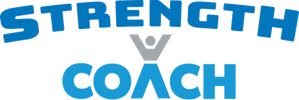
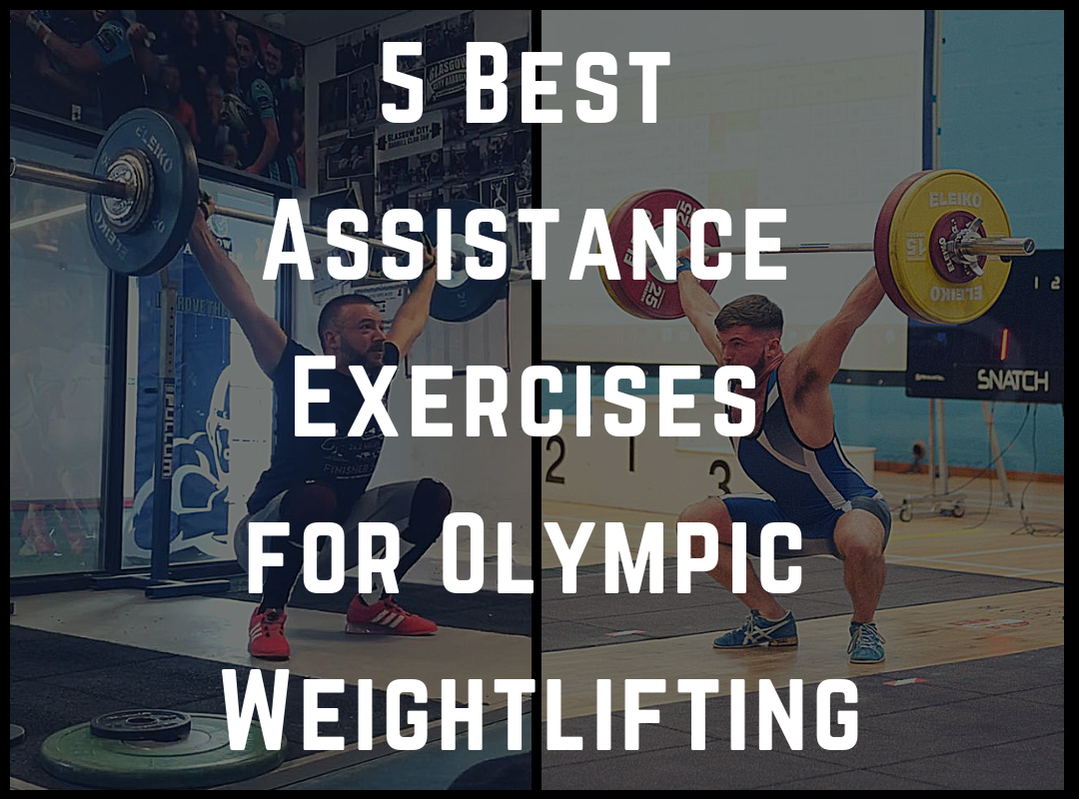

 RSS Feed
RSS Feed
